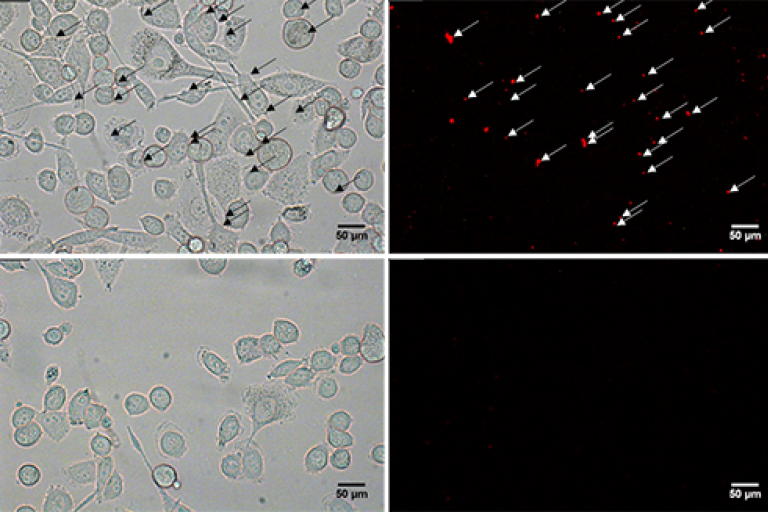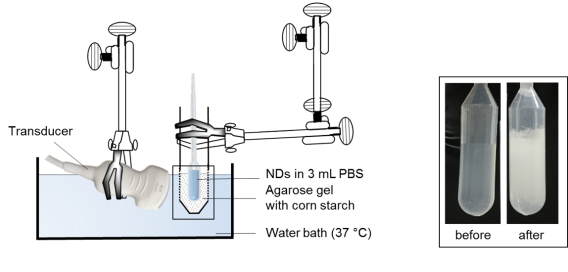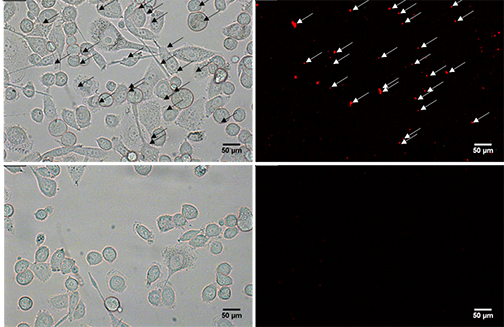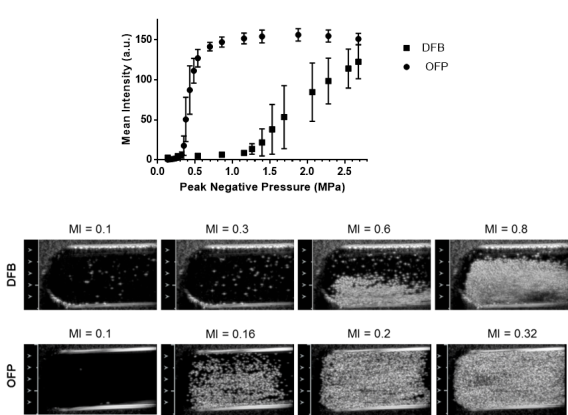Direct Formulation of Superheated Nanodroplets with Improved Properties

de Gracia Lux et al., RSC Adv., 2017,7, 48561
Acoustic droplet vaporization (ADV) of superheated perfluorocarbon (PFC) nanodroplets (NDs) has a great potential as an extravascular ultrasound contrast agent that may facilitate ultrasound-based therapeutic applications, yet these agents are metastable and difficult to manufacture with high yield.
Superheated perfluorocarbon emulsions were made with improved yield, stability, and shelf life compared to current ADV agents, which may help to hasten translation of such agents for a broad range of phase transition-assisted ultrasound theranostic platforms.
Emulsions of decafluorobutane (DFB, BP = -1.7 °C) and octafluoropropane (OFP, BP = -36.7 °C) obtained through direct high pressure homogenization were characterized using tunable resistive pulse sensing (TRPS) and dynamic light scattering (DLS) and their acoustic response investigated with a Acuson Sequoia S512 ultrasound system with 15L8 transducer.

 Experimental setup to produce stable superheated NDs
Experimental setup to produce stable superheated NDs  Schematic representation of the US phantom experiment (left) and photographs of the pipet bulb before and after US exposure (right)
Schematic representation of the US phantom experiment (left) and photographs of the pipet bulb before and after US exposure (right)  Targeted but not control NDs bound to EpCAM positive SK-BR-3 cells
Targeted but not control NDs bound to EpCAM positive SK-BR-3 cells  Representative US images and mean image intensities
Representative US images and mean image intensities